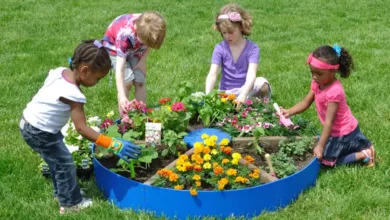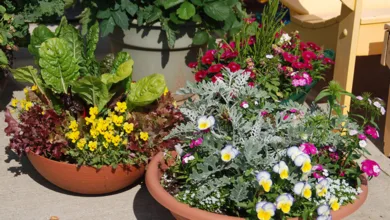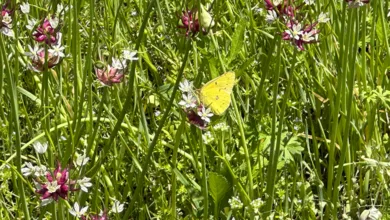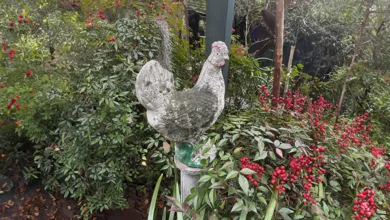Make Your Yard Friendly for Wildlife!
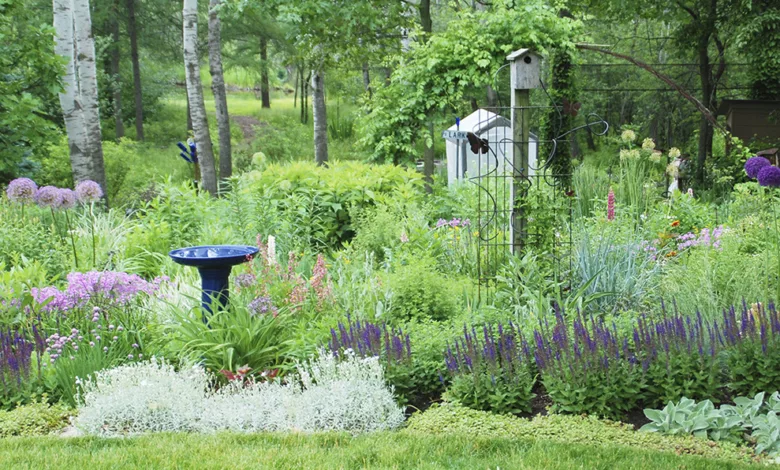
By Melinda Myers | Photos by Melinda Myers~
We love watching bunnies hop across the lawn or ground squirrels scurry with a cheek-full of seeds — until they dine on our favorite shrub or take just one bite out of each red ripe tomato in the garden.
As gardeners, we know digging in the soil and tending a garden is good for our mind, body, and spirit.
Researchers discovered the same is true when we take time to observe wildlife.
Our need for a relationship with nature is also important to our wellbeing. It helps us feel more content and function more effectively.
Implementing some design and management strategies can help us support and enjoy wildlife, care for our landscapes, and improve our quality of life.
Reducing the amount of edge habitat (where one type of habitat, like ours, meets another) can allow us to support wildlife and reduce the risk of damage.
For example, circular or square garden beds have more interior space and less border space. But long linear beds with more edges and less interior space is easier for animals to access.
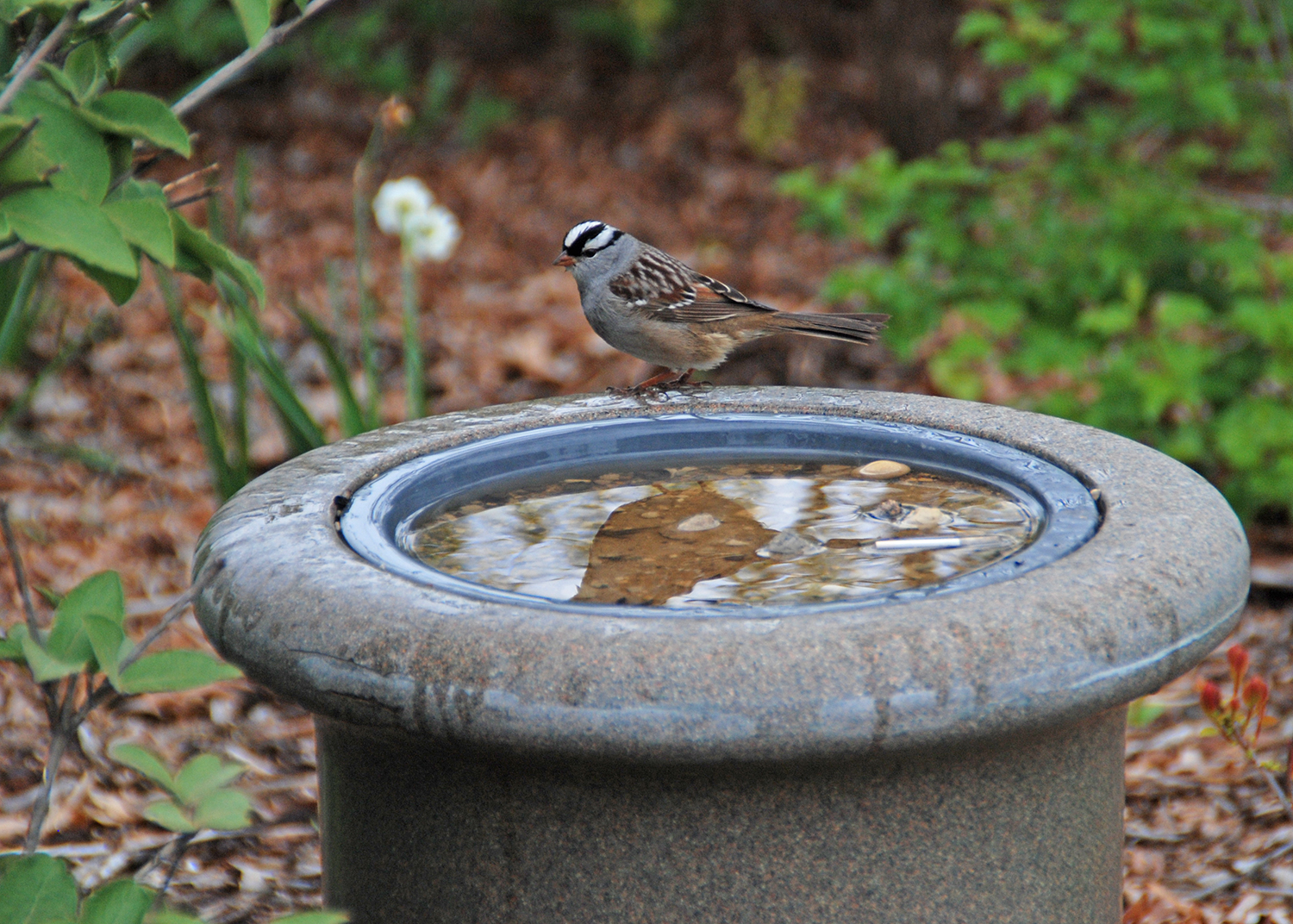 Work with neighbors and your community to create large blocks and corridors of habitat. Providing space for wildlife other than your gardens with needed food and shelter can help you and the wildlife to coexist.
Work with neighbors and your community to create large blocks and corridors of habitat. Providing space for wildlife other than your gardens with needed food and shelter can help you and the wildlife to coexist.
Protect key gardens and plants. Fencing is one option, but make sure your fence is high enough, tight to the ground, and secure.
Repellents are a less obtrusive option. Select a product labeled for the animals and rodents you are trying to manage. For best results, apply repellents before the animals start feeding. Then reapply as recommended on the label. Look for those like organic, bird- and pollinator-friendly Plantskydd that are rain and snow resistant. They’ll require fewer repeat applications.
Work with nature to maintain a balance in your landscape. Invite hawks, songbirds, and owls to your backyard. Include trees with good perches or install perch poles to attract and support raptors.
And, like any landscape endeavor, start with a plan. Make a sketch of your existing landscape. Identify existing plants and wildlife-friendly habitats. Make note of both the natural habitats and any supplemental food, water, and shelter you provide. Review and note various features in your landscape throughout the year.
Now decide what you want to accomplish in your landscape. What wildlife do you want to attract and have the space to support? Perhaps you want to attract more songbirds and hummingbirds to your gardens or animals, like toads, that help manage pests in the garden.
Make sure your landscape provides the habitat features needed to attract and sustain these welcome residents. You will find many helpful resources on the National Wild Life Federation Audubon, Natural Resources Conservation Services, Department of Natural Resources, and University Extension websites.
Be patient. Wait a year to evaluate the results of your efforts. Then make any necessary changes to achieve your goals.
Developing a landscape you can enjoy and that supports wildlife takes time. But as a gardener, this is not only part of the process, but also an exciting adventure.



